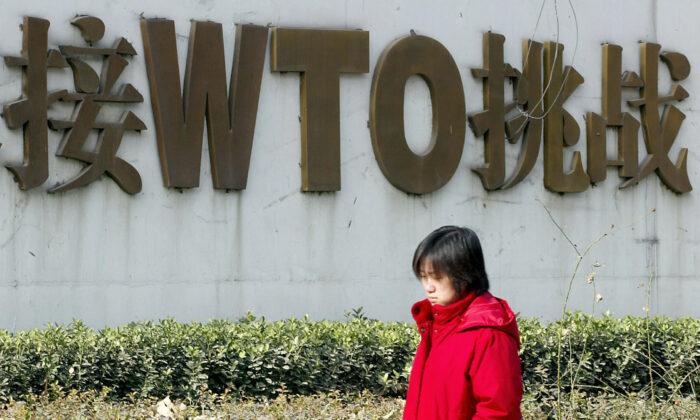At the turn of 2023, two pieces of news about Hong Kong caught my attention. First, the government-sponsored new year countdown celebration was reportedly watched by three billion worldwide. In contrast to Queen Elizabeth II’s funeral, which drew more than four billion views globally, people wonder how an unimpressive countdown of an increasingly Xinjiang- or Pyongyang-style Chinese city could have attracted just one billion short of that of Queen Elizabeth’s funeral. Some suspect this exaggeration results from the mandatory “telling positive stories of Hong Kong.”
The second news concerns Hong Kong’s new nickname, “city of knives” (“knife” has the same Cantonese pronunciation as “metropolis”). In the first two days of 2023, two cases of knife attack were added to the 70 such cases reported since last July, with more than 180 knives used, a statistics provided by an Instagram page satirically named “Hong Kong Federation of Knives” (which implies that the Hong Kong Police does not bother with such cases and statistics). There were cases in all of the eighteen districts of Hong Kong except one, and Yuen Long, Tsim Sha Tsui, and Northern District reported the most cases.
It has been decades since so many knife attack cases were reported, the frequency reminds us of the unusual number of floating bodies found in Victoria Harbour during the 2019 Anti-Extradition Protest. Some Hongkongers use the homophone “city of knives” to mock the communists’ self-acclaimed “from governance to prosperity” in Hong Kong, in addition to expressing their anxiety about the worsening public order.
This anxiety is a continuation of that before the handover when Hongkongers were uncertain whether the prosperity they had enjoyed since the Second World War could go beyond 1997. ‘Pearl of the Orient’ was an honor to embrace, later eternalized in 1991 into a Cantopop song by Taiwanese singer Lo Tai-yu. But as a symbol, it had a much longer history, traceable to 1959, when the College of Arms, in response to the request of Hong Kong Governor Sir Robert Black, granted the Hong Kong Coat of Arms, with two Chinese junks and a naval crown on the shield, supported by a golden lion and dragon; on top of the shield was a lion holding the “pearl of the orient.” It was big news to Hong Kong as the arms were conferred by the late Prince Philip during his trip to Hong Kong, the general public in Britain did not feel particularly affectionate towards Hong Kong at that time, contrasting the affection the Hongkongers had towards the achievements and success during the British colonial rule, a legacy they would make all efforts to uphold after 1997.
In fact, to mainland Chinese, the sudden prosperity in the first few decades of Hong Kong’s colonial rule meant to be an enviable revolution. One of the most well-known narratives comes from Sun Yat-sen, the founder of modern China. As a revolutionary, he was barred from entering Hong Kong at the request of the Chinese government until 1923, when he managed to return to Hong Kong, where he got a medical degree and was invited to give a speech at the University of Hong Kong. He said, “I wonder how it was that Englishmen could do such things as they had done with the barren rock of Hongkong, within 70 or 80 years, while China, in 4,000 years, had no places like Hongkong; among the [Hong Kong] government officials corruption was the exception and purity the rule.” In response to the question “where did you get your revolutionary ideas,” he said, “it is entirely in Hongkong.” Sun’s story becomes an oft-quoted evidence of Hong Kong’s role in modern Chinese history.
Actually, Sun was not the first to praise Hong Kong’s modernization. Reformer Kang Youwei visited the colony about twenty years before his failed Hundred Days Reform in 1898 and was impressed by its magnificent buildings, clean roads, and modern police system. “The Westerners have good governance. We should not perceive them as barbarian anymore.” Obviously, Hong Kong’s colonial rule under Britain had set an irresistible model of modernization for the Chinese people, regardless of time and political stance.
Hong Kong soon developed into an international metropolis after its opening in 1841 due to the free port policy and its proximity to China. As long as Hong Kong was free of ideological radicalism, its status as a metropolis did not only survive but also made tremendous contributions to China’s modernization from the late Qing to the communists’ reform era. Unfortunately, with the end of British rule, followed by the scrap of the Hong Kong coat of arms, symbolically with no more golden lion and dragon defending the pearl, the metropolis eventually degenerated into a city of knife attacks, with Hongkongers woefully counting the endless knife cases on an almost daily basis, on top of suffering from the draconian national security enforcement.





